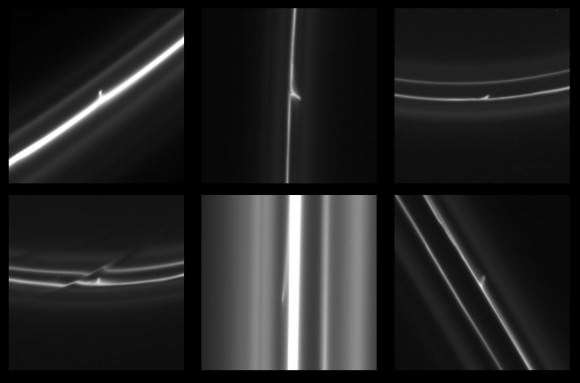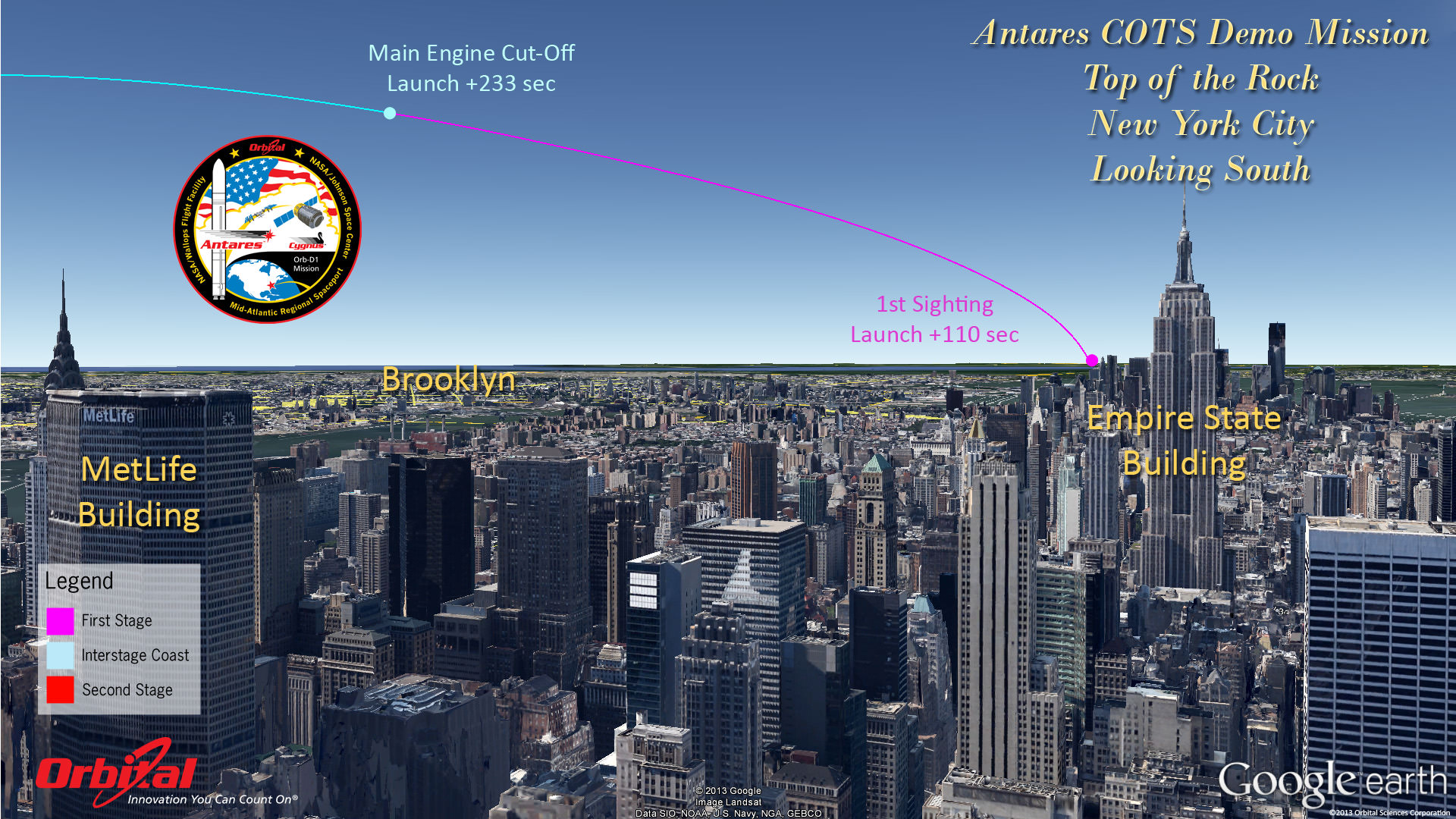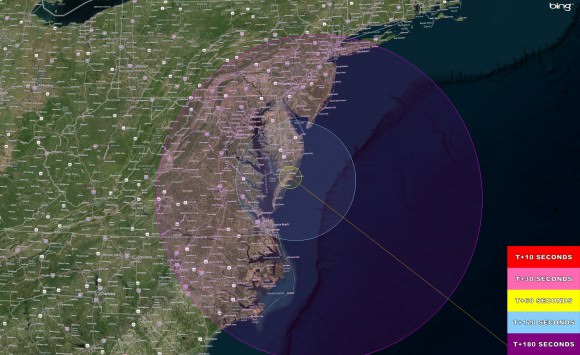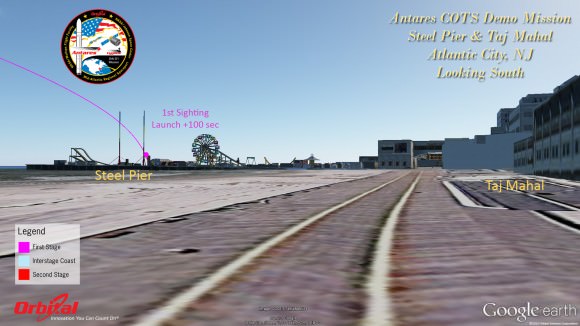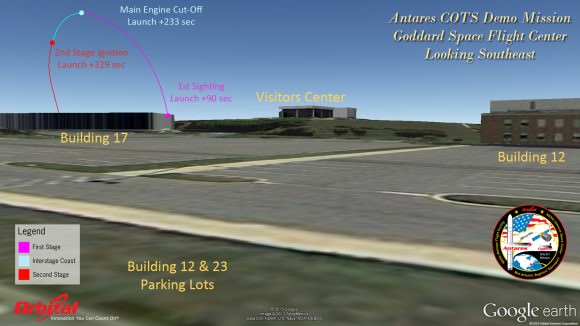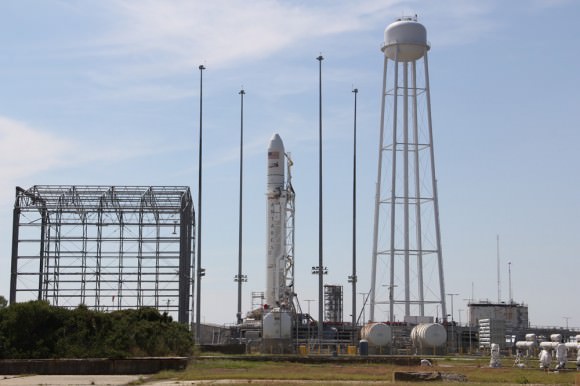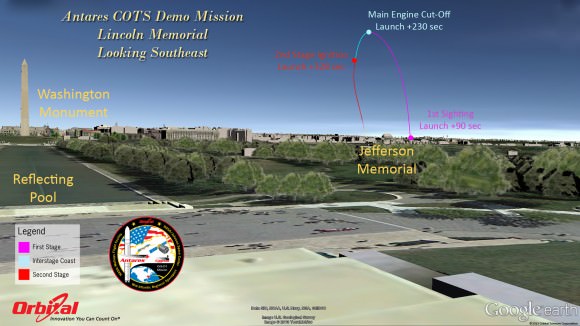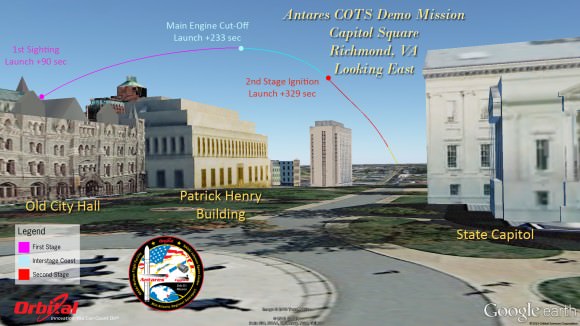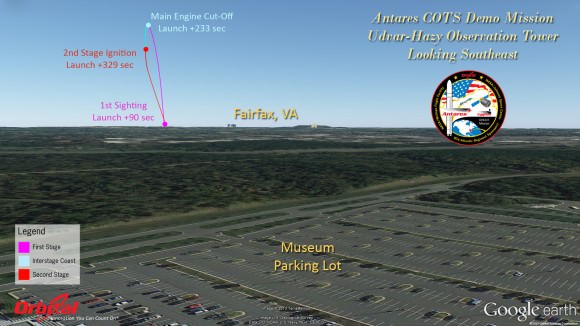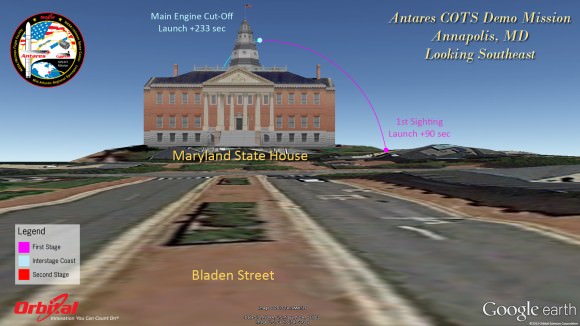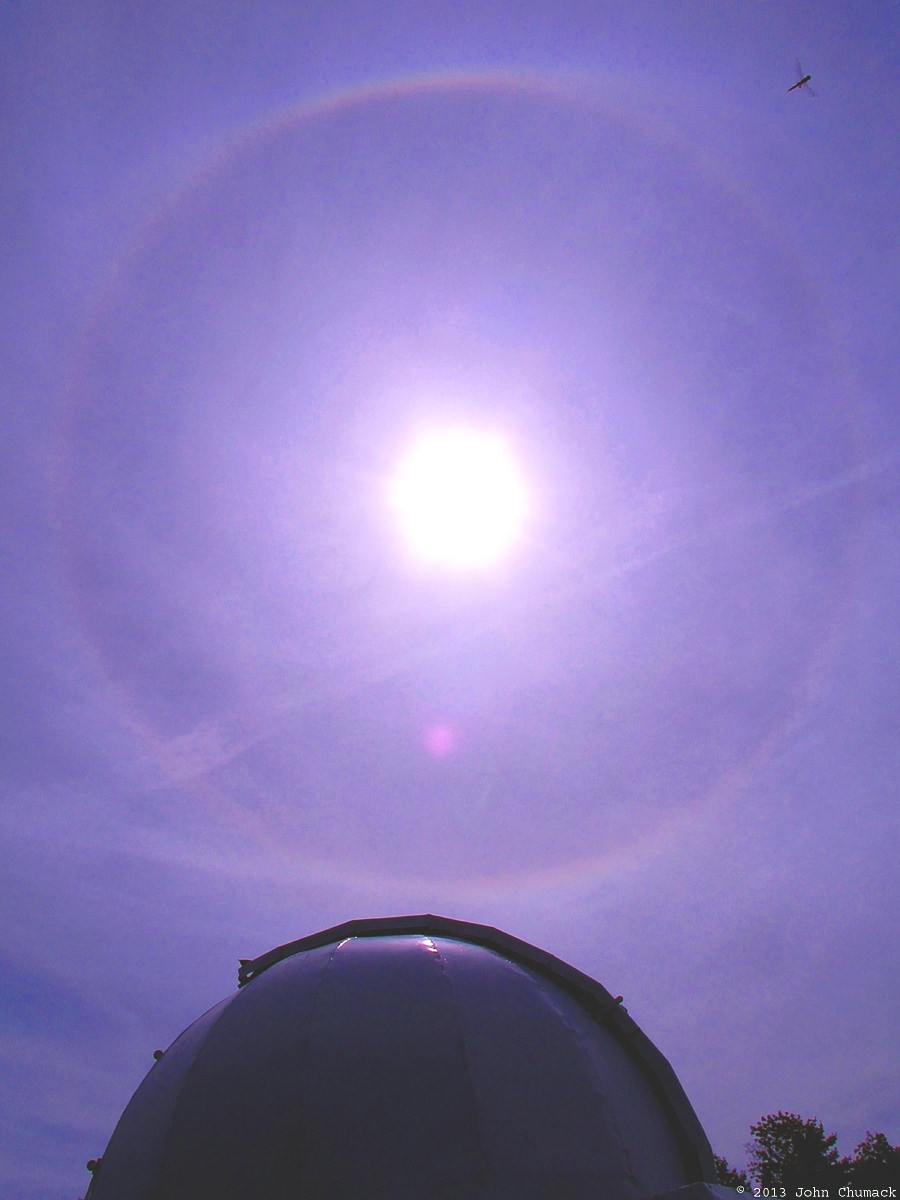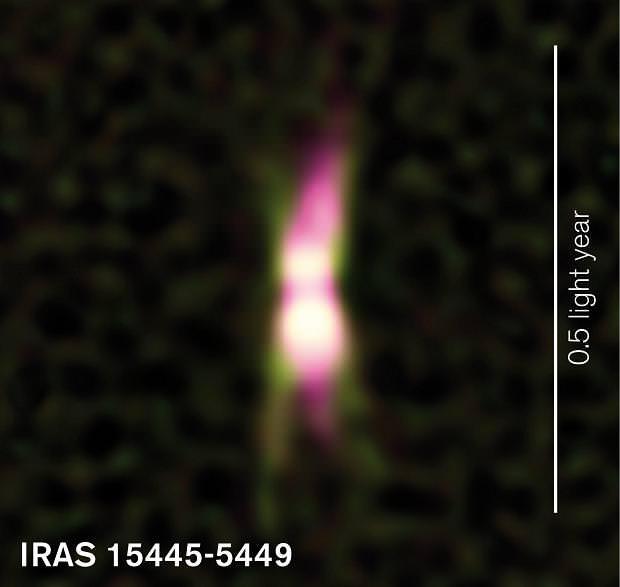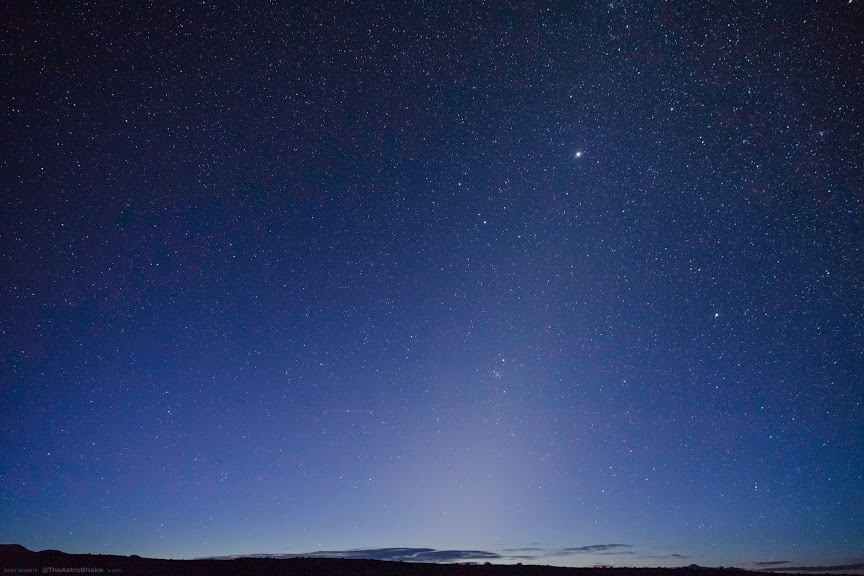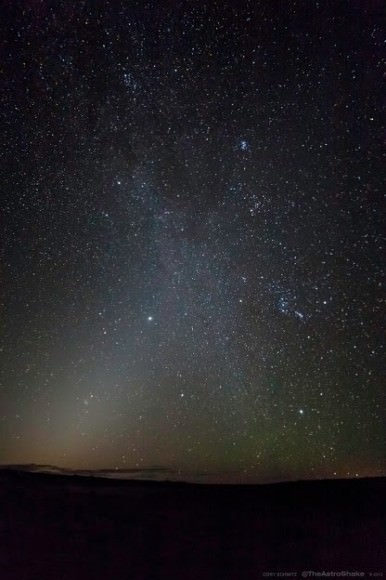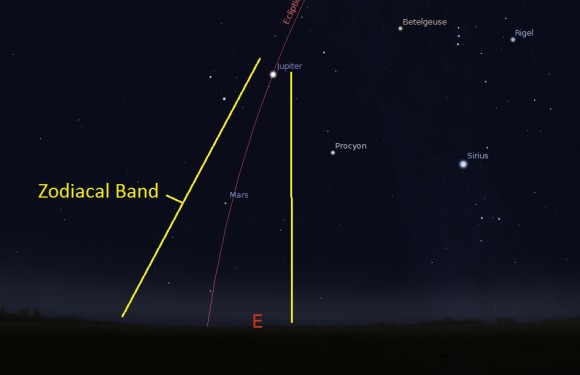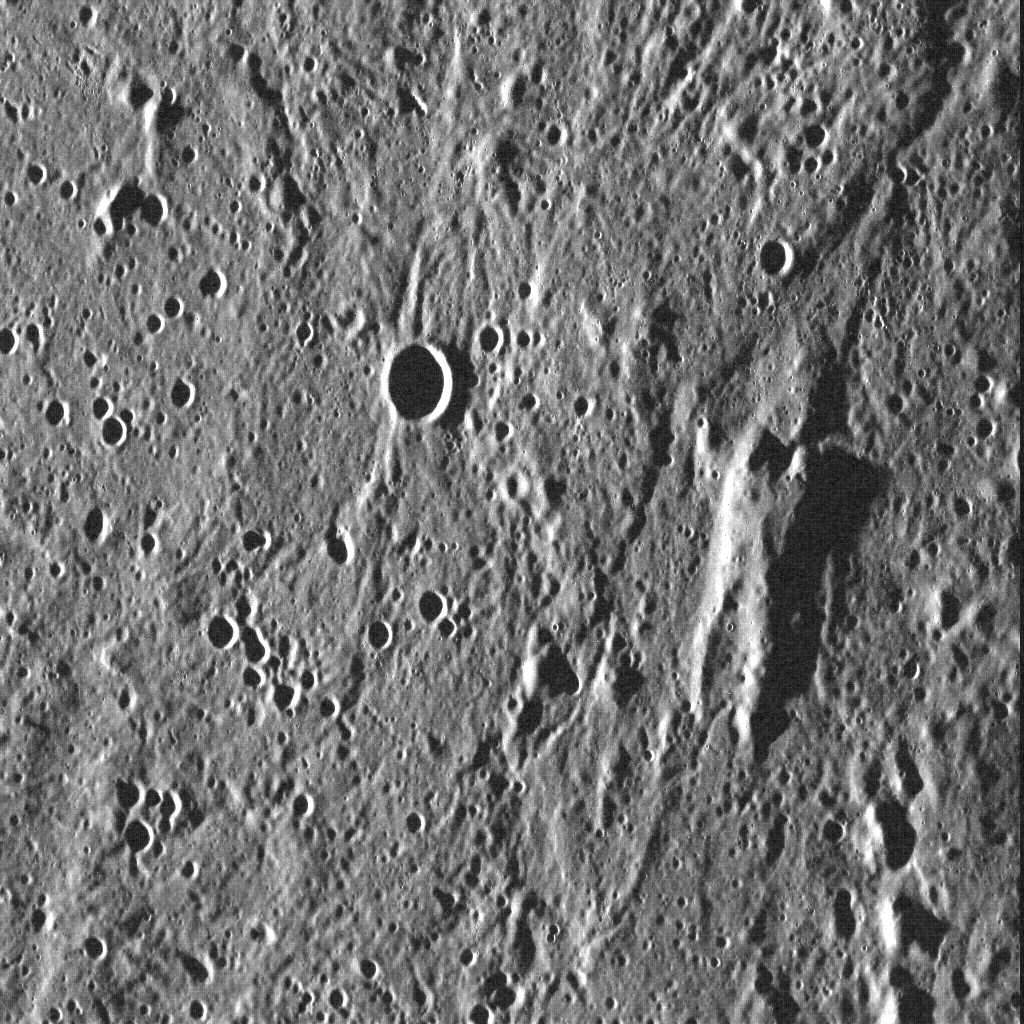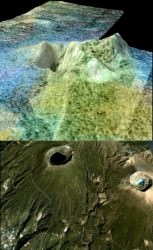Solar flares – huge eruptions of charged particles from the Sun – present little threat to Earth. On a few rare occasions these particles may disrupt our communications systems and cause radio blackouts. But they tend to be more aesthetically pleasing than harmful. It’s certainly a sight to be seen as these energetic particles collide with our atmosphere, resulting in a cascade of colorful lights – the aurora borealis.
Fortunately our planet provides the protection necessary from such harmful space radiation. But not all planets are quite so lucky. Take for instance Kepler’s latest object of interest: KIC 12557548b, a super Mercury-size planet candidate. Astronomers have recently found that due to this star’s activity – producing massive stellar flares – the planet itself is evaporating.
Only last year, four different sources published evidence that this rocky planet was disintegrating. Thanks to Kepler, it quickly became clear that the total amount of light from KIC 12557548 as a function of time – the light curve of the system – dropped every 15.7 hours as a planet orbited it. But the amount of light blocked due to the transiting planet varied from 0.2% to more than 1.2%.
The amount of light blocked is dependent on the size of the planet. A Jupiter-size planet will block more light than a Mercury-size planet. The variations here suggest a range for the size of the planet: from a super Mercury-sized planet to a Jupiter-sized planet.
But this wasn’t the planet’s only enigma. It also has an asymmetric light curve. The total light from the star drops steadily as the planet begins its transit, plateaus as the planet fully covers the disk of the star, and then increases as the planet ends its transit. But the rate at which the light drops is much faster than the rate at which it increases. It takes longer for the light curve to return to its original brightness, hinting at a tail of debris that trails the planet, continuing to block light.
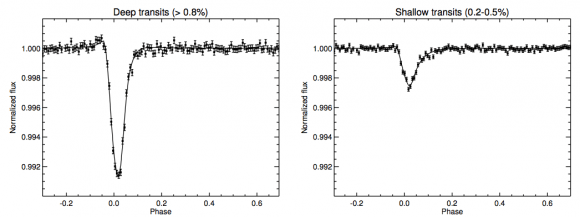
It appears that the planet is evaporating – emitting small particles of dust into orbit, which then trails behind it. The varying transit depth reflects the amount of dust currently evaporating.
Recently a team from the University of Tokyo analyzed the system in more detail, attempting to explain why this tiny planet is evaporating. “We found that the transit depth negatively correlates with the modulation of the stellar flux,” Dr. Kawahara, lead author on the study, told Universe Today. “The dust amount increases when the planet is located in front of the star spots.”
The transit depth does not vary randomly, but every 22.83 days. This coincides with the modulation of the stellar flux, or simply the stellar rotation period. Star spots may be indirectly detected by a star’s noticeable decrease in stellar flux. Because these star spots are large (much larger than sunspots) they last for long periods of time, and may be used to deduce the star’s rotation period.
Kawahara et al. found that the transit depth periodically varies with the stellar rotation rate – finding a correlation between stellar activity and the rate at which the planet is evaporating.
“Energy from the star spots increases the amount of dust and atmosphere from the planet,” explains Dr. Kawahara. The extreme heat and wind is enough to speed up the motions of the dust molecules; making them fast enough to escape the planet’s gravitational pull.
Future spectroscopic studies may search for molecules in the evaporating atmosphere of KIC 12557548b. But Dr. Kawahara remarks that due to the planet’s faintness it is unlikely. His best hope is that future studies may instead find a similar object closer to us, that may be more easy to study.
The finding is published in The Astrophysical Journal Letters and is available for download here.




